Album: Who 'Penned' the Dead Sea Scrolls?
Qumran Caves
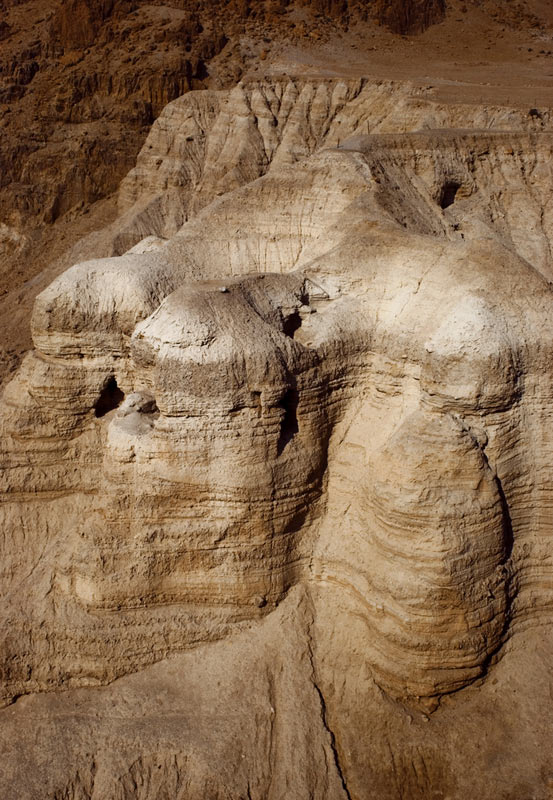
In 1947 a Bedouin shepherd unearthed the first of nearly 900 texts that would come to be known as the Dead Sea Scrolls. They were found in a series of 11 caves near Qumran, Israel (shown here).
The Dead Sea
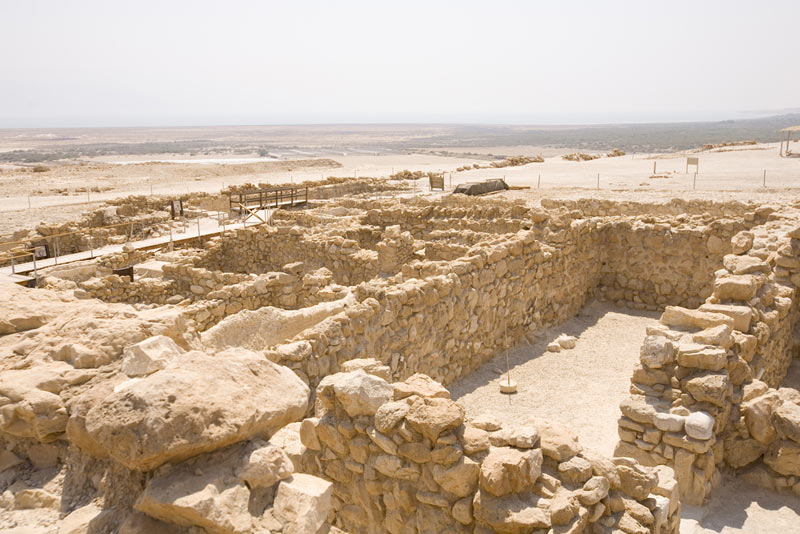
First excavated by Roland de Vaux in the 1950s, the site of Qumran in Israel is mired in controversy. De Vaux believed that it was a monastic settlement used by the Essenes and that the Dead Sea Scrolls were composed here. More recent archaeological work has cast doubt on this idea. The new textile research may help resolve the debate.
Undecorated Scroll Wrapper
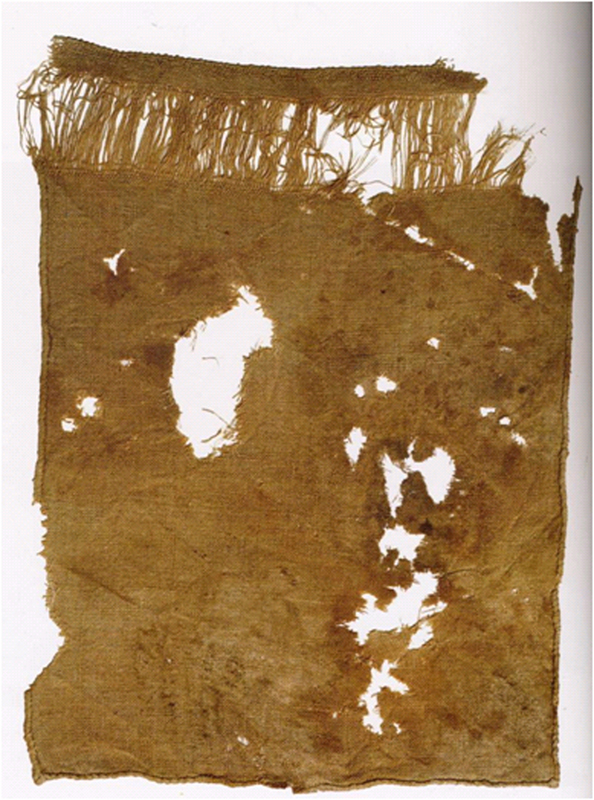
The new research shows that of the 200 textiles from Qumran all but four were originally used as clothing. They look plain and, in general, contain no decoration. This particular textile was later recycled for use as a scroll wrapper. The top has missing weft threads.
Bleached Textile
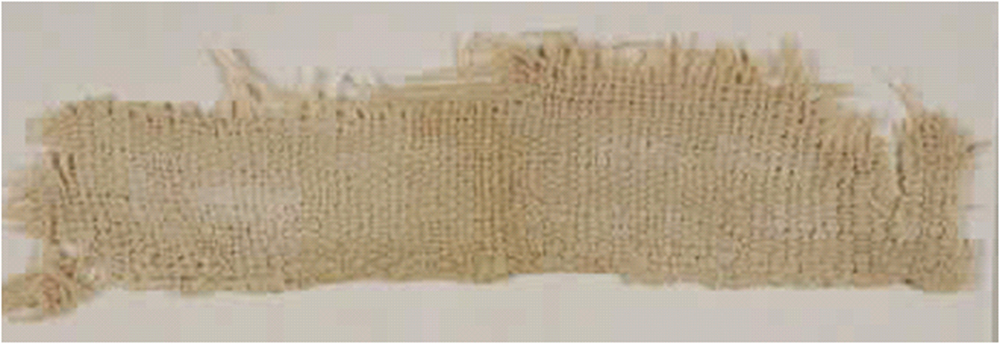
The people of Qumran went to a lot of trouble to keep their clothes as white as possible. This textile was actually bleached. Also all the textiles were made of linen even though wool was the more popular garment in Israel at the time.
Scroll Wrapper
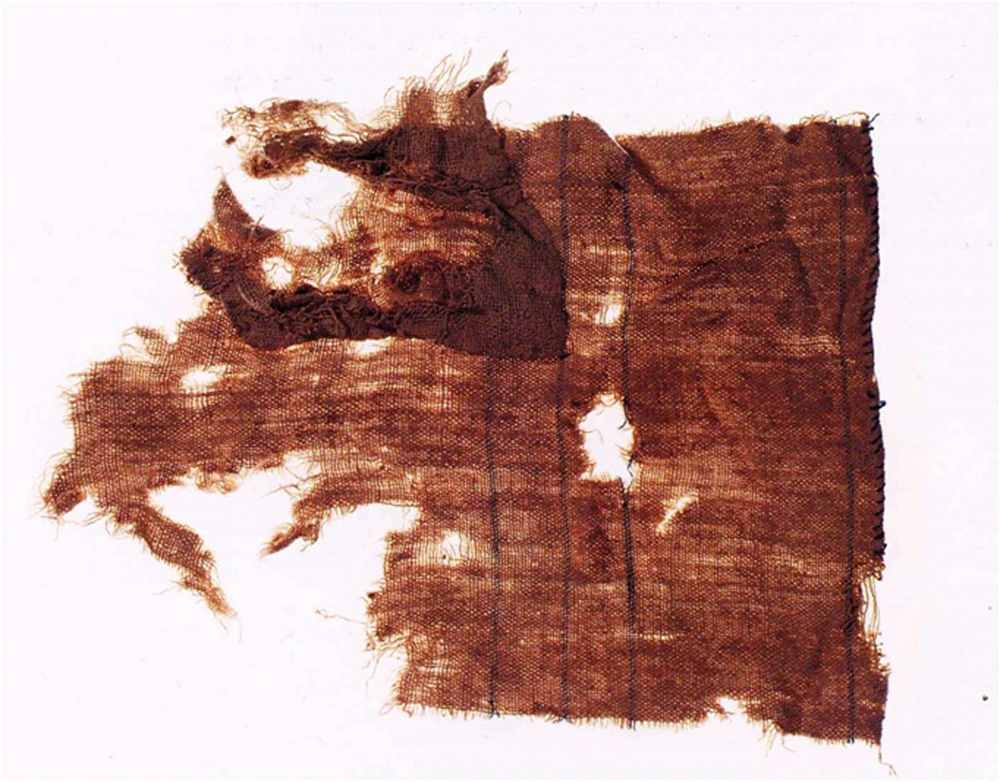
This is one of only four textiles from Qumran that was created specifically for use as a scroll wrapper. The others were used initially as clothing. This textile has blue lines running through it, a stark contrast from the other, undecorated, textiles from Qumran.
Christmas Cave

This textile is from the Christmas Cave and is NOT related to the site at Qumran. The textiles from this cave are decorated in beautiful colors and many of them are made of wool. They stand in stark contrast to the undecorated, linen, textiles found at Qumran.
By the Numbers: Dead Sea Scrolls
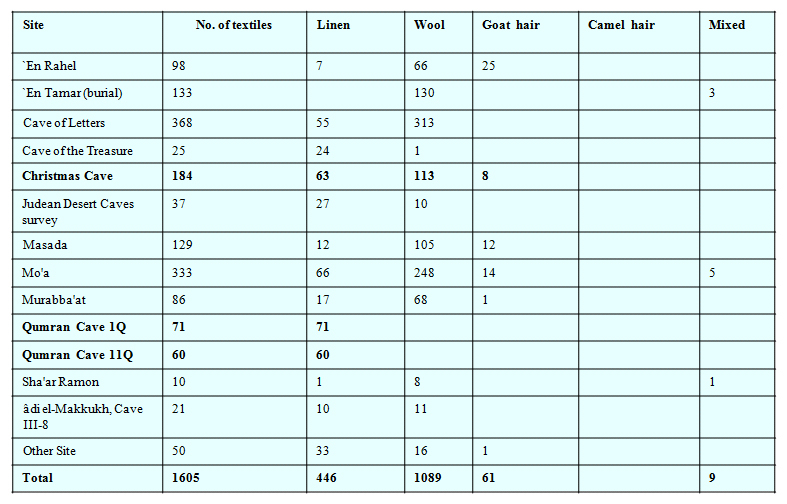
Stats tell the tale. This table incorporates two of the caves from Qumran and compares them to other sites in Israel. All the textiles from Qumran are made of linen whereas other sites in ancient Israel have a mix of garments, including wool.
Get the world’s most fascinating discoveries delivered straight to your inbox.
Plain Threads

A group of weft threads from Qumran. The textiles at the site are extremely plain and indicate that the Essenes did in fact live at Qumran and that at least some of the scrolls were written there.

